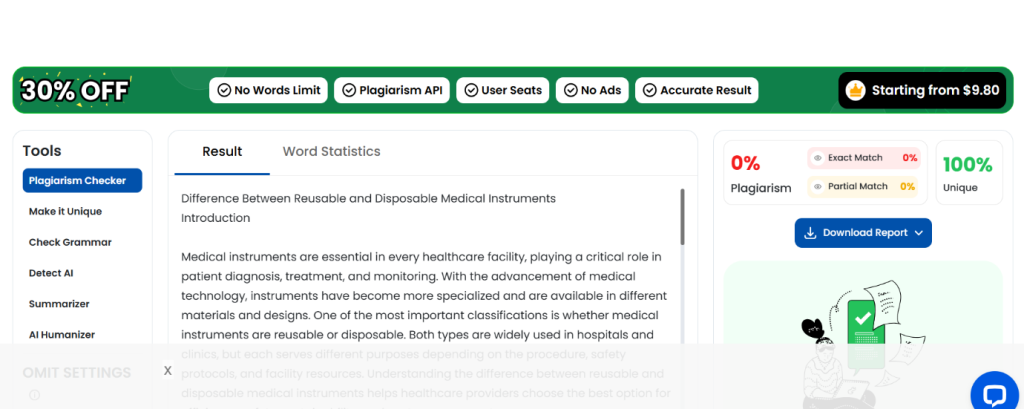
Emerging countries around the world are undergoing significant transformation in their healthcare systems as they work to improve patient outcomes, increase access to care, and meet rising medical demands. One of the most critical steps in this evolution is the adoption of modern healthcare equipment. From advanced diagnostic machines to digital monitoring systems and automated laboratory devices, hospitals and clinics in developing regions are steadily transitioning from traditional tools to cutting-edge technologies. This shift is driven by government reforms, rising private investments, and global partnerships that aim to bridge the gap between developed and developing healthcare infrastructures.
This article explores how emerging nations are adopting modern healthcare equipment, the regional drivers, the challenges they face, and the future outlook for technological advancement.
Many emerging countries are experiencing population growth, urban expansion, and an increased prevalence of chronic illnesses such as diabetes, cardiovascular conditions, respiratory diseases, and cancer. Additionally, aging populations and higher healthcare awareness have led to a surge in demand for advanced medical equipment.
Governments are investing in new hospitals, improving emergency care systems, and modernizing diagnostic facilities. Health ministries and regulatory bodies are also revising policies to streamline medical equipment procurement and ensure international quality standards. As a result, the demand for equipment like ventilators, defibrillators, digital X-ray machines, and smart patient monitors is consistently rising.
One of the biggest drivers of modernization in emerging countries is global collaboration. International organizations, donor agencies, and private investors are helping build modern healthcare infrastructure where it is needed most. For example:
Technology transfers, training programs, and financial assistance are strengthening the ability of emerging nations to adopt the latest medical innovations.
Accurate diagnosis is the first step toward effective treatment. Recognizing this need, healthcare providers in developing countries are prioritizing the adoption of modern diagnostic devices. High-demand technologies include:
Portable diagnostic tools are especially valuable in remote regions with limited infrastructure. These devices allow medical professionals to detect diseases earlier and more accurately, ultimately saving more lives.
The rise of digital healthcare is a major turning point for emerging nations. Many are integrating technologies such as:
These systems help overcome challenges like physician shortages and long travel distances to medical facilities. During the COVID-19 pandemic, telemedicine proved essential as millions gained access to medical care without physical visits. Today, emerging countries continue to expand digital healthcare tools as part of a long-term transformation strategy.
To reduce import dependency and lower costs, many emerging countries are investing in local production of medical equipment. Growth in local manufacturing results in:
Countries in Asia and Africa are especially focused on developing affordable versions of essential equipment such as hospital beds, patient monitors, sterilization units, and laboratory devices. Governments often provide tax benefits and infrastructure support to encourage local innovation.
Modern equipment requires skilled usage and maintenance. To ensure proper adoption, countries are prioritizing:
Technical training improves efficiency, reduces equipment misuse, and ensures longer device lifespan. Investing in talent development is crucial to support tech-driven healthcare growth.
Despite rapid progress, many emerging nations still face barriers in fully adopting advanced medical technologies. Common challenges include:
Addressing these challenges requires strategic planning, better financing models, and strong supply chain systems.
The transformation of healthcare in emerging countries is expected to accelerate in the coming years. Key areas of focus include:
As technology prices become more affordable and innovation becomes more localized, access to modern healthcare equipment will continue to expand.
Emerging countries are steadily embracing modern healthcare equipment to improve medical services and save more lives. Through digital transformation, government investment, international partnerships, and a stronger focus on training, these nations are making healthcare more accurate, efficient, and accessible. While challenges remain, ongoing improvements in infrastructure and local production capabilities are paving the way for a brighter and healthier future.
If you are unable to find your desired product on our website, please don’t hesitate to contact us through the Contact Form. Our team will be happy to assist you with product availability, custom requests, or further information.
Agree Decline